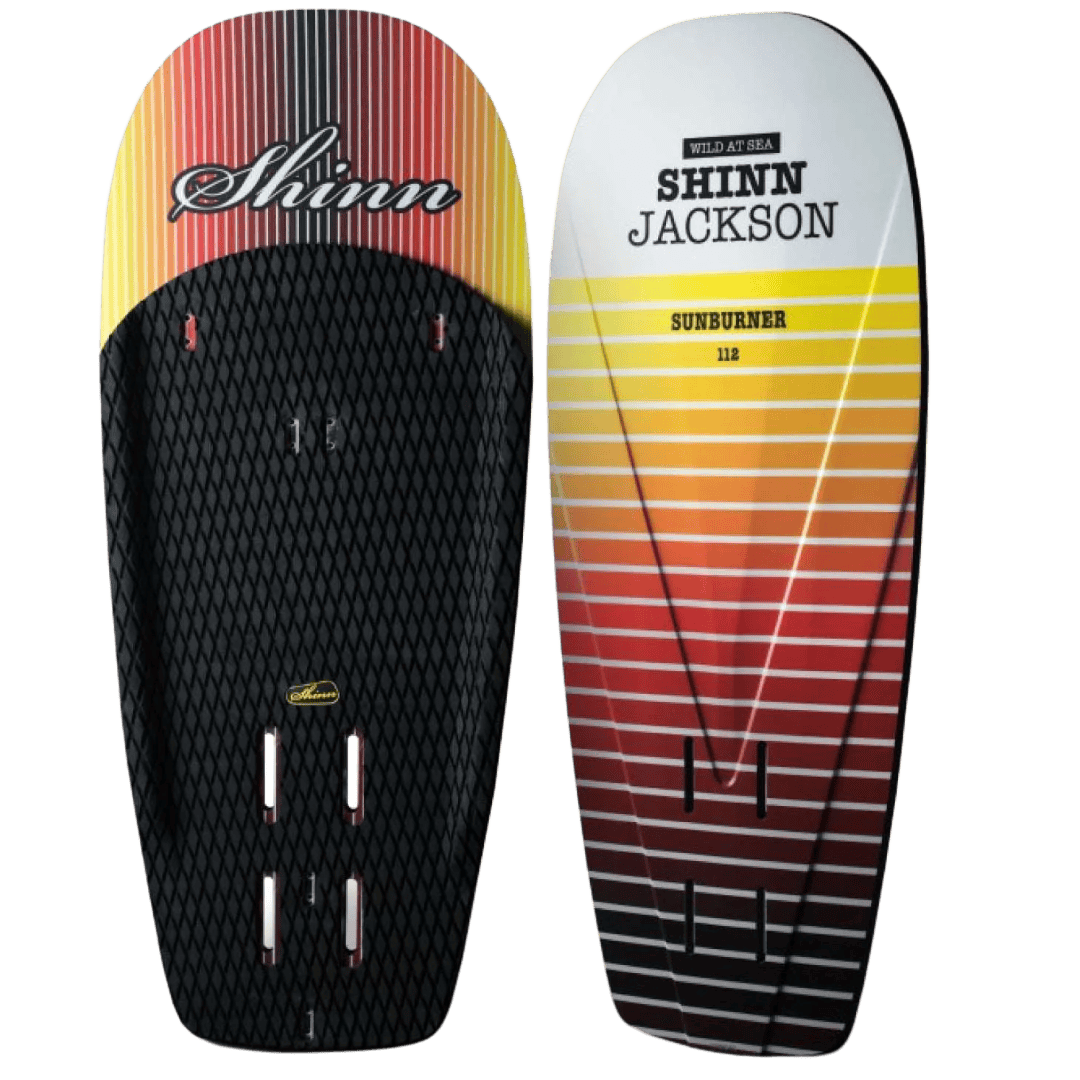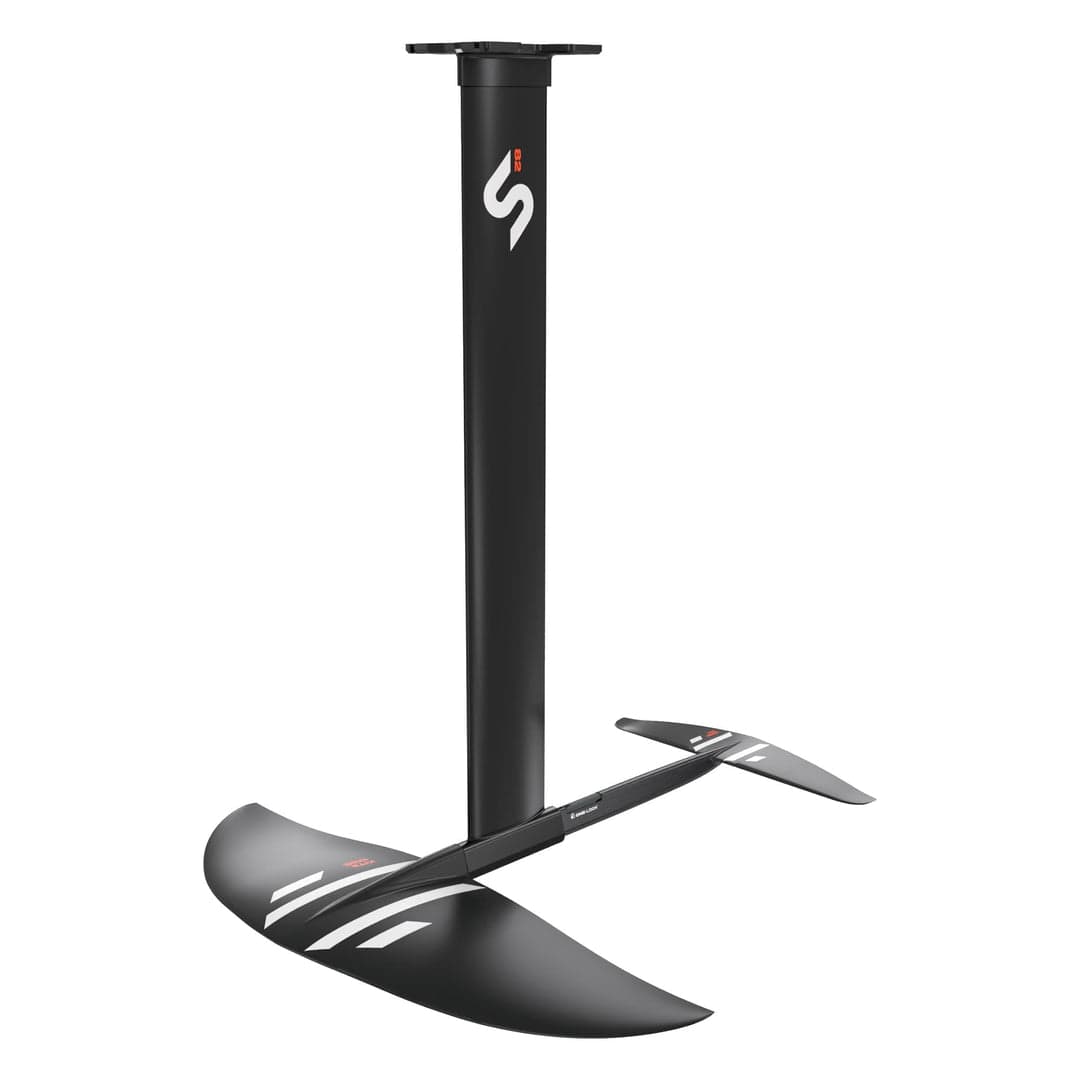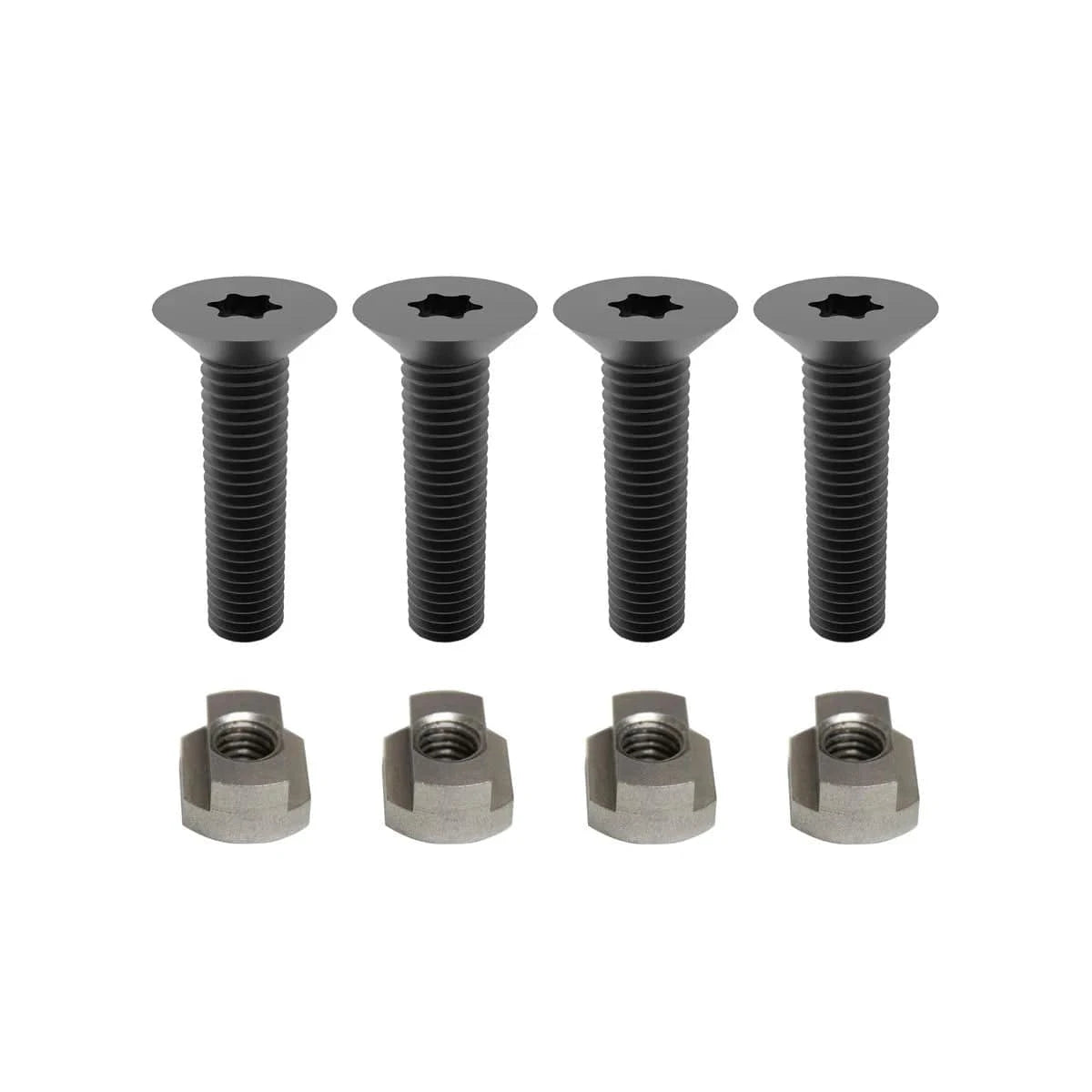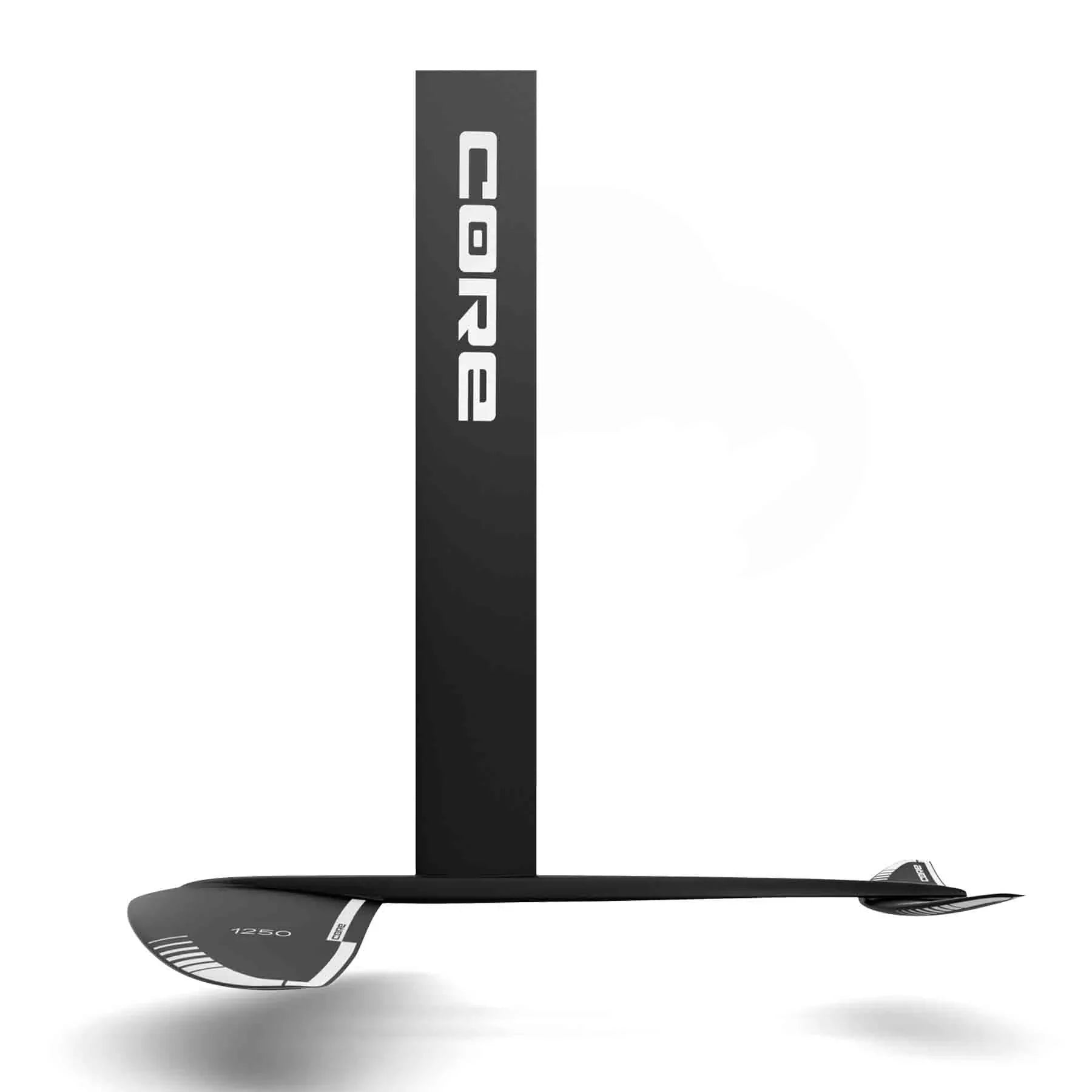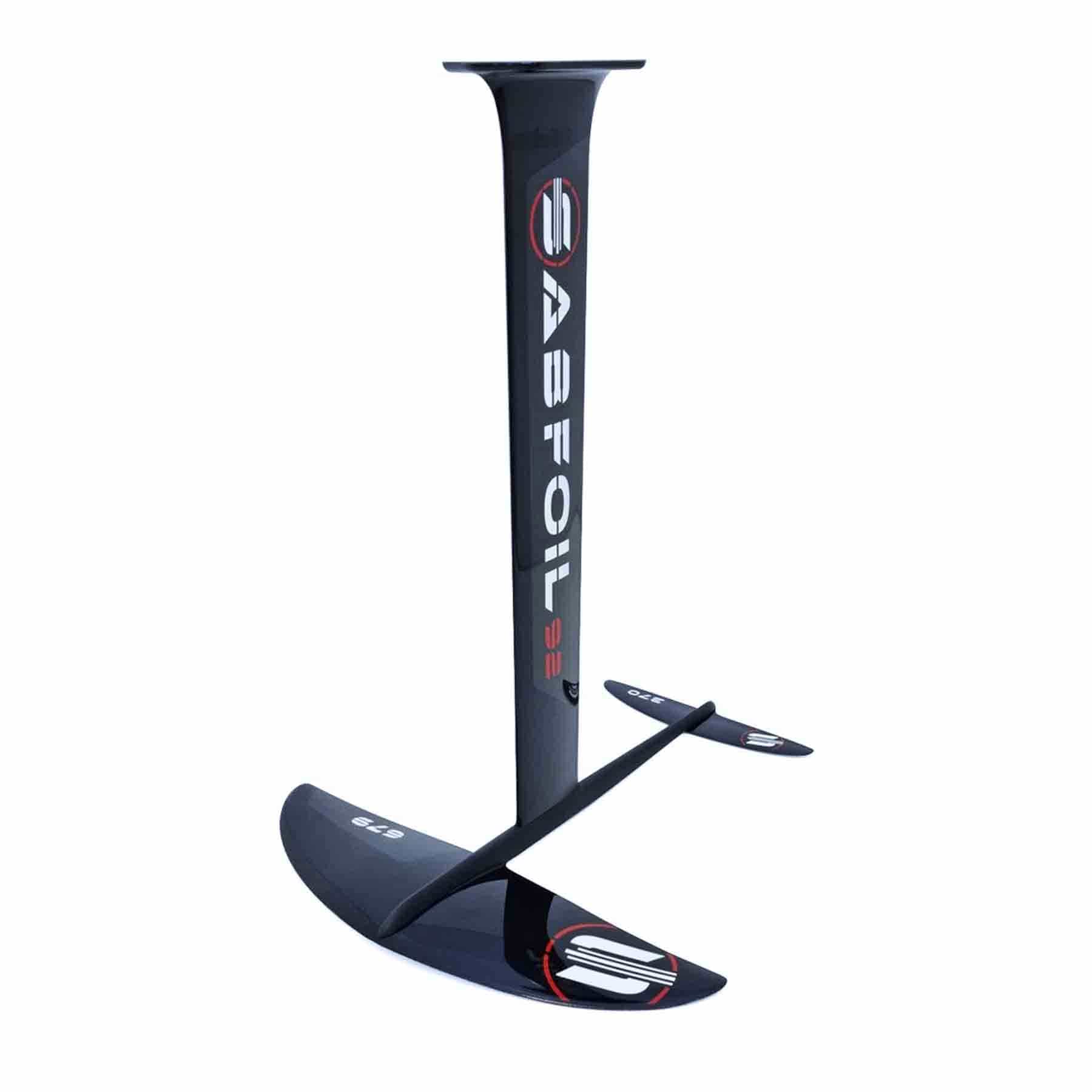Filter
Sort by
Kitesurfing Foils
Kitesurfing Foil packages are all ready to ship, Or if you only need a new Foil board you can be assured we have it ready to go ride for you in-store. Here at S2AS Kitesurf foiling is huge and we have it all from Foils to Foil boards. Not sure of what you may need? Fear not we will build a complete Kitesurf Foil setup for you.
About the Foils
Kitesurf foils, also known as hydrofoils, play a crucial role in enhancing the performance and experience of kitesurfing. These specialized components are designed to lift the board out of the water, reducing drag and allowing riders to smoothly glide over the surface. Let's delve into the key aspects of kitesurf foils:
-
Foil Design: Kitesurf foils consist of a mast, fuselage, front wing, and rear stabilizer wing. The mast is the vertical component that extends below the board, while the fuselage connects the mast to the wings. The front wing provides the main lift, and the rear stabilizer wing helps stabilize the foil.
-
Materials: Foils are typically constructed from lightweight and durable materials such as carbon fiber, aluminum, or a combination of both. This ensures strength without compromising on weight, allowing the foil to efficiently lift the board out of the water.
-
Mast Length: The length of the mast affects the height at which the board rides above the water. Longer masts provide greater clearance and are ideal for deep water or choppy conditions, while shorter masts are suitable for shallow waters.
-
Front Wing Shape and Size: The design and size of the front wing significantly influence the lift and stability of the foil. Larger wings generate more lift but may sacrifice maneuverability, while smaller wings offer increased agility but might require higher speeds for lift.
-
Aspect Ratio: The aspect ratio of the wings is the ratio of the wingspan to the average chord (width). Higher aspect ratios generally result in more efficient foils, providing better lift-to-drag ratios and improved performance.
-
Fuselage Length: The length of the fuselage impacts the responsiveness of the foil. Longer fuselages offer stability and smoother rides, making them suitable for beginners, while shorter fuselages enhance maneuverability, catering to more advanced riders.
-
Adjustability: Many modern foils come with adjustable elements, allowing riders to fine-tune the performance according to their preferences and the prevailing wind and water conditions. Adjustable angles for the front and rear wings enable customization for different riding styles.
-
Foiling Techniques: Riders utilize various foiling techniques, such as pumping, carving, and jumping, to maximize the potential of kitesurf foils. Learning these techniques enables riders to navigate diverse conditions and elevates the overall kitesurfing experience.
FAQ's
What are the advantages of using kitesurf foils over traditional kiteboards?
Kitesurf foils offer several advantages over traditional kiteboards. They provide reduced drag, allowing riders to achieve higher speeds with less wind. Foils lift the board out of the water, resulting in a smoother ride over choppy conditions. Additionally, foils enable riders to explore shallower waters, opening up new kiteboarding locations.
How do I choose the right size and shape of the front wing for my kitesurf foil?
Selecting the appropriate front wing for your kitesurf foil depends on factors such as your skill level, riding style, and local conditions. Larger front wings generally provide more lift and stability, making them suitable for beginners and lighter winds. Smaller front wings offer increased maneuverability and are favored by advanced riders or in stronger wind conditions. Consider consulting with experienced riders or seeking guidance from the foil manufacturer for personalized recommendations.
Can I use the same kitesurf foil for various kiteboarding disciplines?
Many foils are designed with versatility in mind, allowing riders to use them across different kiteboarding disciplines. However, specialized foils tailored to specific disciplines, such as freeride, freestyle, or racing, may offer optimized performance. It's essential to consider your primary riding style and preferences when selecting a foil, but many modern foils are adaptable enough to accommodate a range of kiteboarding activities.
How do I maintain and care for my kitesurf foil to ensure longevity and optimal performance?
Proper maintenance is crucial for the longevity and optimal performance of your kitesurf foil. Rinse the foil thoroughly with fresh water after each session to remove salt and sand. Inspect all components, including the mast, fuselage, and wings, for any signs of damage or wear. Tighten any loose screws or connections and lubricate necessary parts with appropriate products. Store your foil in a cool, dry place and avoid prolonged exposure to direct sunlight. Regularly check for any signs of corrosion and address issues promptly to ensure a safe and enjoyable kiteboarding experience.

